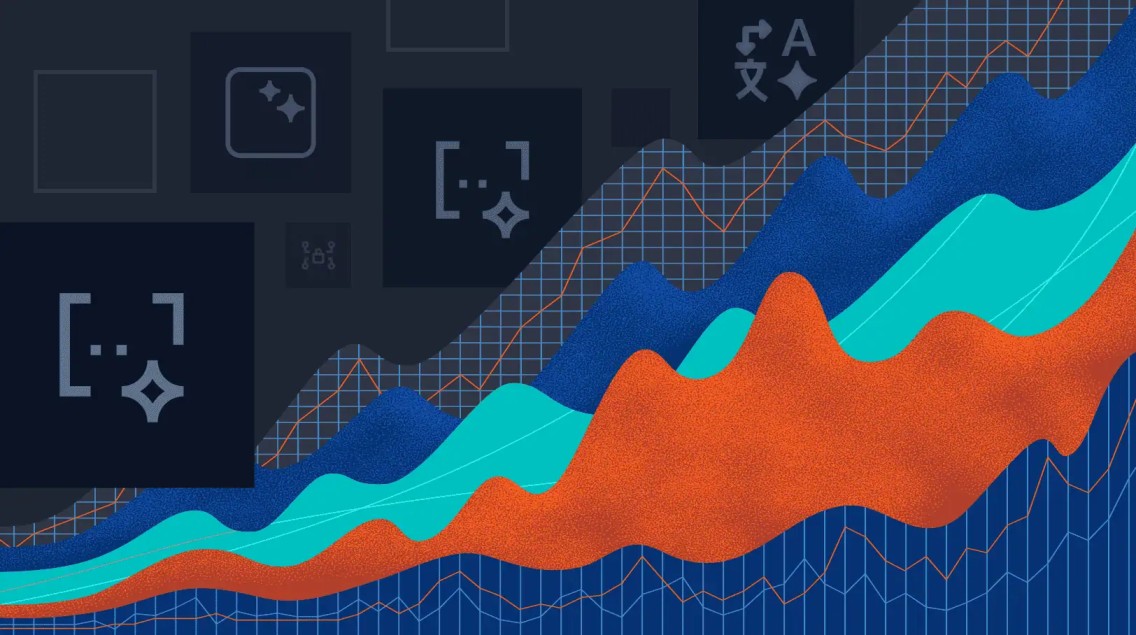Maximize GenAI Potential with a Low-Code Framework
Much of the trailblazer success for GenAI stems from applying tested best practices for integrating new technology with existing systems.
The same new tech integration best practices are also attributes of low-code application development. API integration, scalability, and embedded AI models and cognitive services make low code particularly appropriate for unlocking GenAI’s potential.
With low code, enterprises and commercial software vendors can discover their best use cases for GenAI and facilitate technology integration and management. Keep reading for tips on how to get started with GenAI. Then, get inspired by some real-world generative artificial intelligence examples built with low-code innovation.
Get started with GenAI and low code
We all know GenAI is important, and we don’t want to be left behind, but not everyone is explicitly in the business of technology adaptation. It’s additionally hard to devote resources to new technology when examples of AI in everyday life are still crystalizing for most people.
AI is different than previous deterministic systems and technology. Discriminating AI can learn, predict, and act. Generative AI’s creativity combines limitless possibilities with unpredictable results. Agentic AI makes decisions and executes tasks autonomously but requires careful oversight and control. But remember to check your ambition. When creating your first AI use case, you might learn more by building less.
Create a doable, measurable project first. Don’t let the crisis of so much choice obscure your AI-driven business objectives. A proper use case grounds an enterprise and separates your AI aspirations into the must-haves and the nice-to-haves.
Consider the following when creating your first AI-driven use case:
- What problem are you solving with AI? Don’t forget to define a successful solution with measurable success metrics.
- What AI features, services and products can help you solve your problem? What do your current systems do? What will AI need to do?
- What will the impact of AI integration be? What are the challenges you will face getting there? How will success change your enterprise for the better?
Low-code chatbots that exponentially improve CX
Mendix low-code partner enterprise Vivix Vidros Planos is a Brazilian-based commercial and residential glass producer. Vivix is finishing work on a second plant in Brazil that will double its capacity for production from 900 tons of flat glass to more than 1,900 tons, making it the second-largest producer in the country.
In 2021, as part of a three-year roadmap to operational digitization, Vivix deployed 17 low-code applications using the Mendix platform. The low-code apps recaptured more than 6,000 hours of manual work in 2023 alone. Building on the success of their earlier projects, Vivix is releasing a GenAI-powered chatbot experience for both customer complaints and internal production issues.
The Vivix chatbot experience
The Vivix Virtual Engineer uses the Mendix AWS Bedrock connector to invoke the Claude 3 foundation model from Anthropic. Virtual Engineer integrates data from several data sources to provide helpful, accurate guidance and insight when it’s needed most. Early Vivix estimates show just how valuable the AI-driven chatbot experience can be with data-driven insights, predictive behavior, and streamlined workflows. Time-to-resolution for customer-facing issues using the Virtual Engineer chatbot is estimated at less than a day—down from more than five days. Internal production issues are resolved in one hour—a five-fold reduction in resolution time.
Remove complexity with more personalized user experiences
Modern sustainability initiatives are founded upon cutting-edge technology. For the average homeowner, conducting the necessary research, knowing a fair price, and finding reputable vendors and sustainability service providers is a full-time job. With ambitious international environmental goals at both the commercial and residential building levels, connecting and completing residential upgrades is even harder as schedules fill up.
HomeServe’s marketplace model connects homeowners with contractors to complete work. In addition, HomeZero provides a platform that makes it easy for installers to build profiles and connect with potential customers, forging bonds from both angles. In this way, much of the technological complexity of innovation is diffused, replaced by the opportunity for a third-party connection.
GenAI makes it easier to make good choices
In addition to making the introduction between customers and potential contractors, HomeZero helps homeowners understand what solutions are best for their needs. With the help of GenAI, residents receive real-time advice and contractor suggestions from a virtual sustainability officer based on their prompt input and the information they provide about the project.
According to HomeZero founder Mike Out, “The beauty is that we have a managed solution via Mendix. We don’t see all the complexities of AWS, but we gain all the benefits…We have all these niche ideas, products, and prototypes that we’re building out now for our users. There are so many possibilities to transform this industry even more.”
Future-proof security protocols
ABN AMRO is the third-largest bank in the Netherlands. As a financial institution in the digital age, ABN AMRO understands the challenges of innovation in a space that requires stable, secure, and reliable software.
Guided by a three-pillar strategy of customer experience, sustainability, and future-proof banking, ABN AMRO used Mendix low code to rebuild legacy systems. With more than 150 low-code apps in production, ABN AMRO has plans to migrate hundreds of operations and services to their low-code platform by the end of the year. They are enacting their strategy through a framework of governed rapid application development and low-code.


